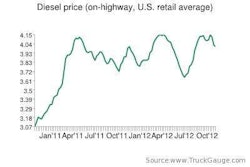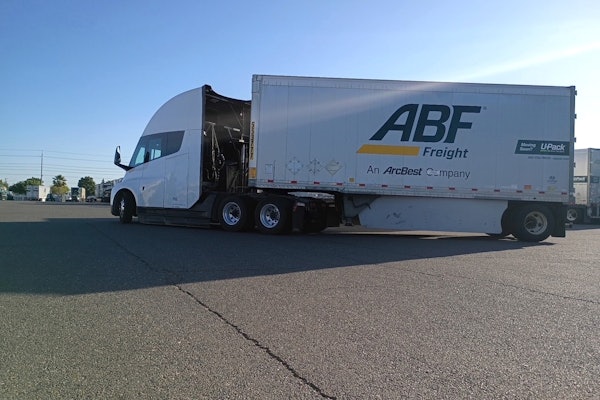
This year, a section was added to the highway bill that obligates the FMCSA to issue a final EOBR rule by October 1, 2013. The October deadline would give the White House time to review the rule before it is slated to into effect in January, 2014. Before the agency can issue a final rule, it must first issue a proposed rule. The agency has been planning to release a proposal in March, 2013, to give the public and the industry time to comment and make revisions to the rule before making it final.
If the agency misses the self-imposed March 2013 deadline, it could limit the amount of time fleets and drivers have to review and comment on the new rule. The Department of Transportation has admitted that March appears unlikely. In its November status report it stated that a proposed rule is likely to come two months later in May, 2013.
In the agency’s defense, the EOBR mandate has become a very complicated process. The agency had to shelve its prior EOBR rule, 395.16, after a federal appeals court vacated the rule in response to a lawsuit that argued EOBRs could be used by fleets to harass drivers to be more productive. The proposal must therefore address the harassment issue in its proposal. It must also update the technical specifications for EOBRs.
Dave Kraft, director of industry affairs for Qualcomm and an expert in the EOBR rule making process, says that because FMCSA will likely miss the March deadline, it will not be able to issue a final rule by October, 2013. He anticipates that the agency will publish a final rule in the fall of 2014, almost a year later than planned.
“The reality is that this is a big, complex rule,” he says. “To get to the final rule, the agency has to take all of the input, develop responses, make changes, and take (the rule) through another review process. We are looking at mid-to-late 2014 for the final rule to be published.”
The EOBR rule (395.16) that was vacated included a two-year window from the time the final rule was published to the time enforcement began. Fleets and drivers would therefore have two years to purchase compliant EOBRs. If the rule had been passed in 2012, therefore, enforcement would have started in 2014. Another reason for having a two-year window was to allow technology providers time to comply with the new technical specifications for EOBRs.
“After 395.16 was vacated, that two year ramp-up time doesn’t really exist,” Kraft says. “We probably need a four to five-year window to get everything in place. That’s a more realistic assessment of the timeline,” Kraft says.
If Kraft’s assessment is correct, the mandate for EOBRs will not begin to be enforced until 2018 at the earliest. Until then, fleets can continue to use paper logs. If the trends continue, a mandate may not even be necessary because the overwhelming majority of fleets and drivers will be using electronic logs to eliminate logbook violations from their CSA scores and to protect themselves from other areas of risk.













